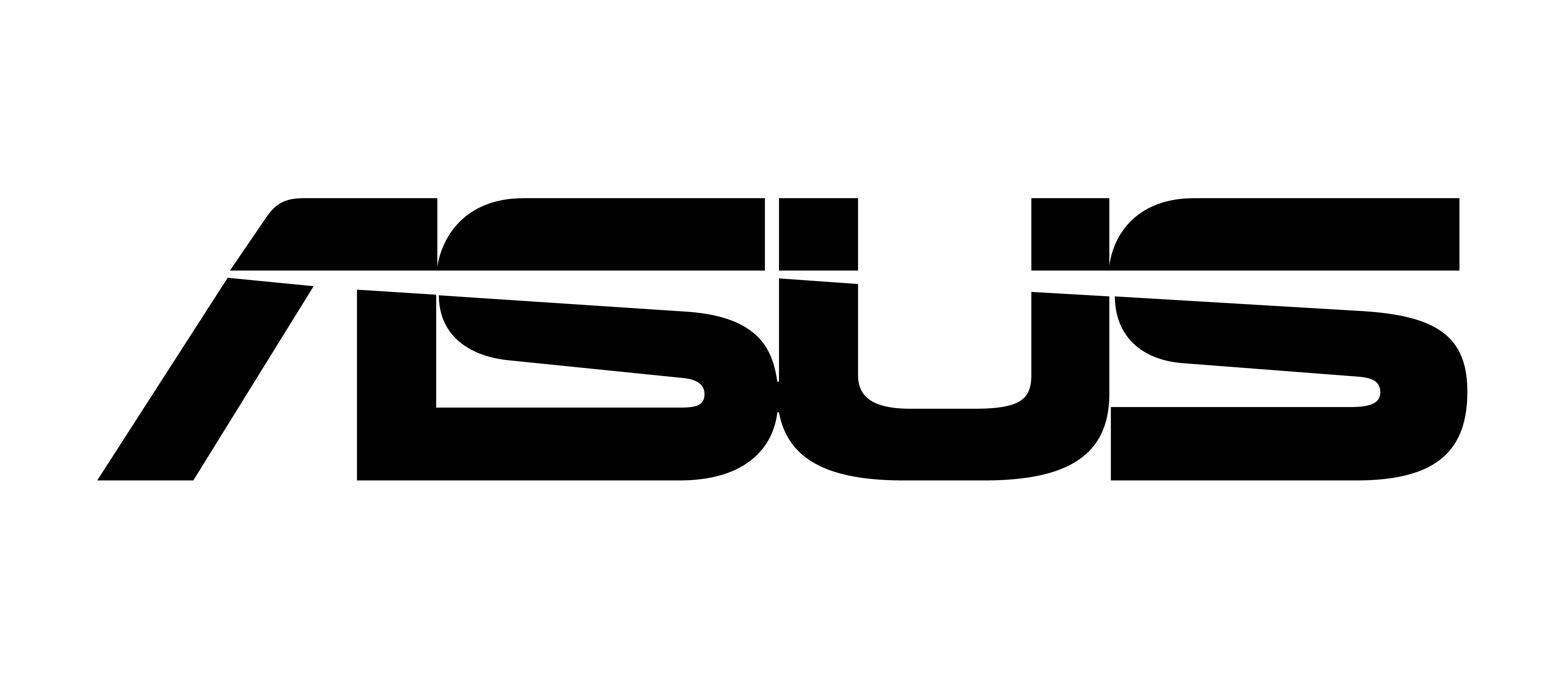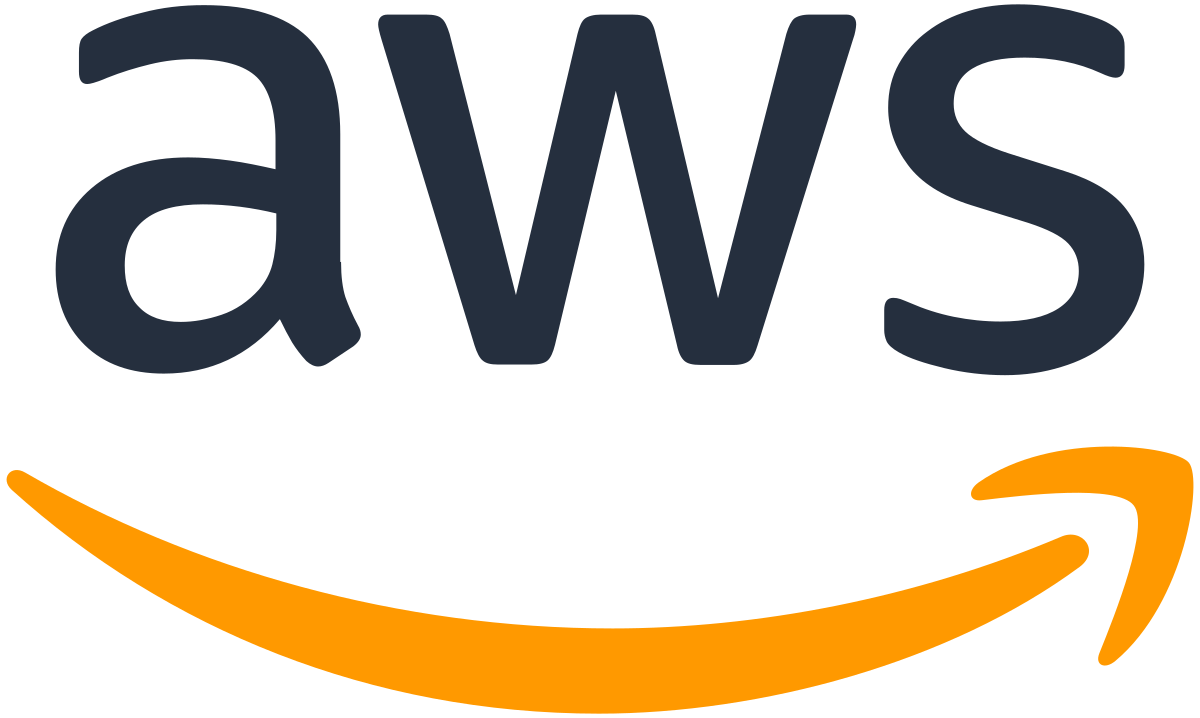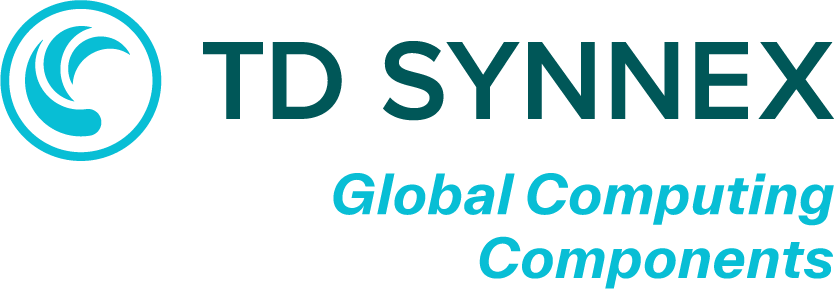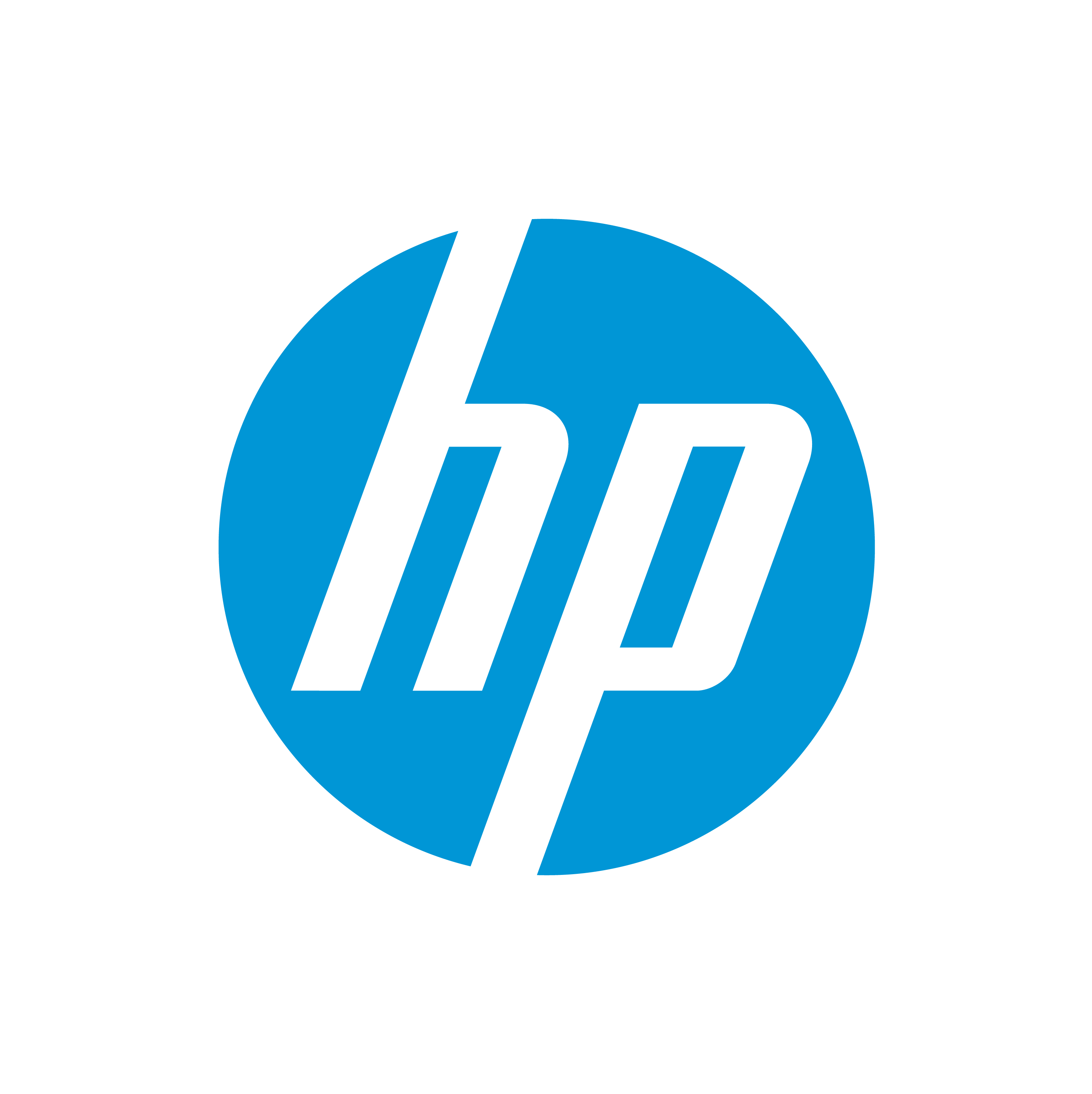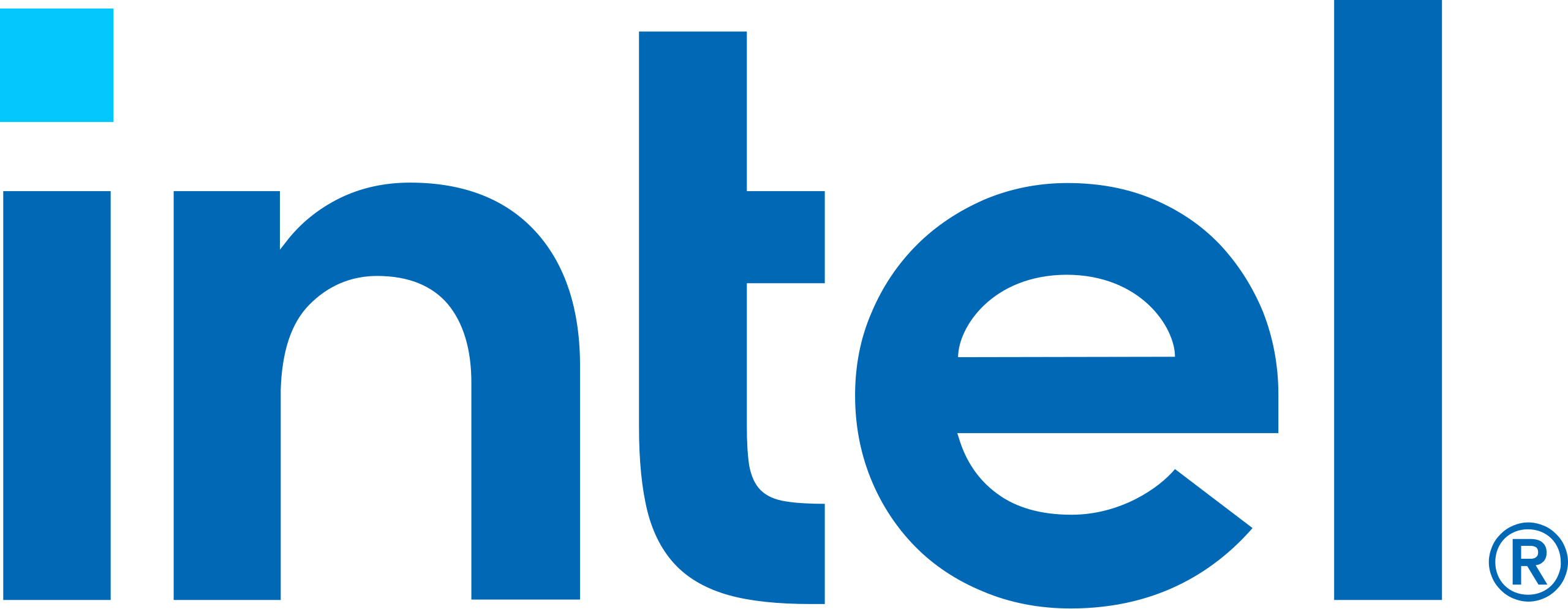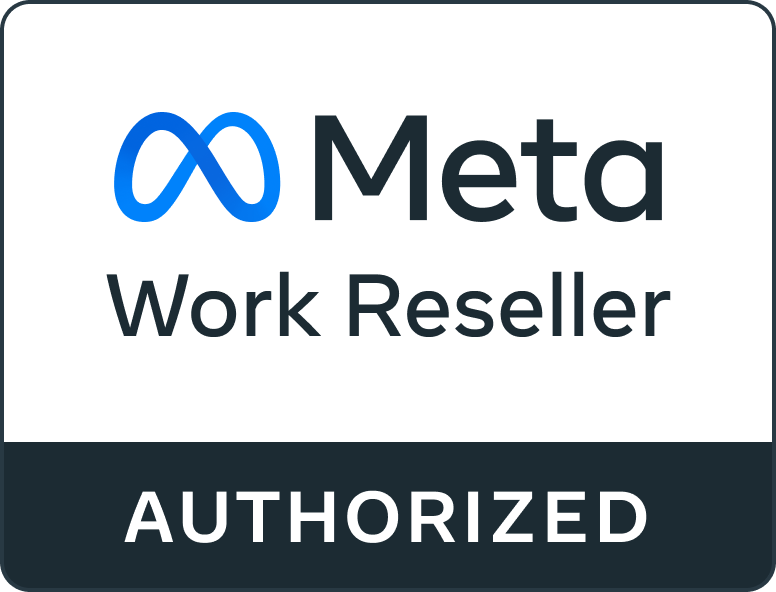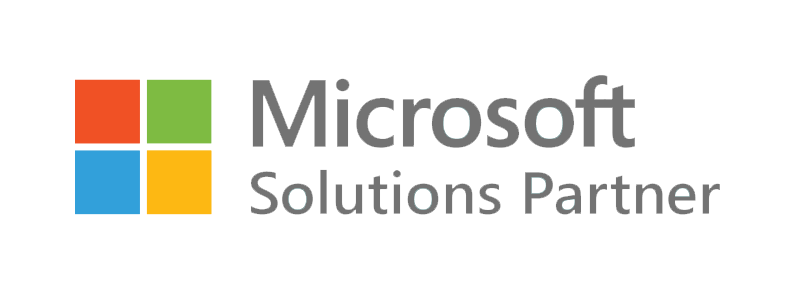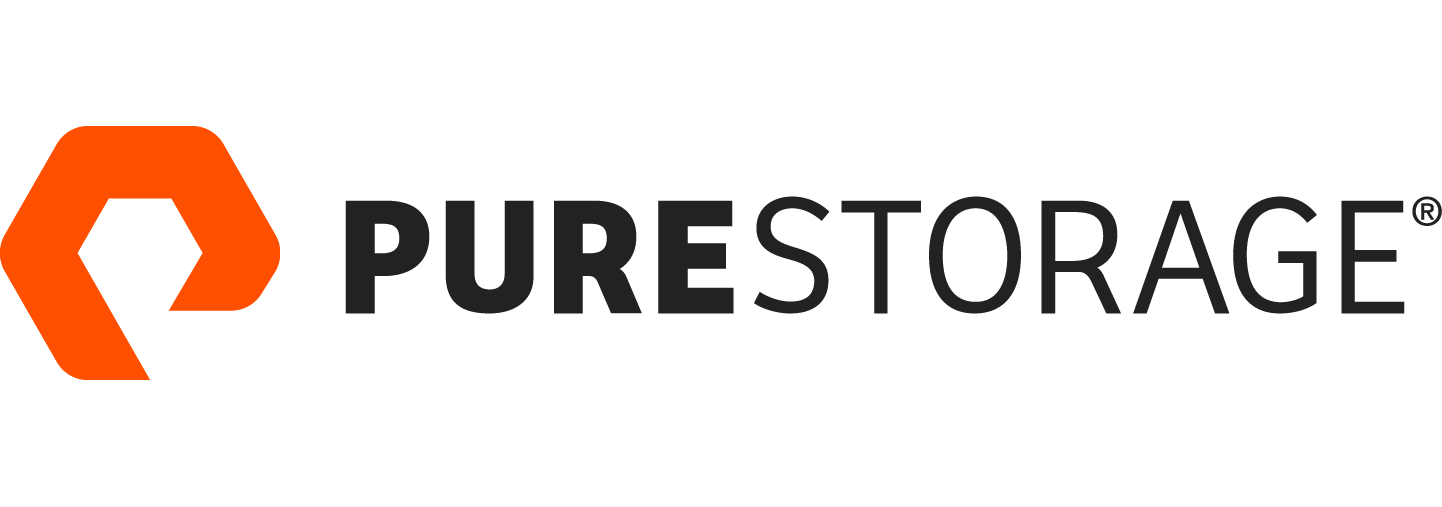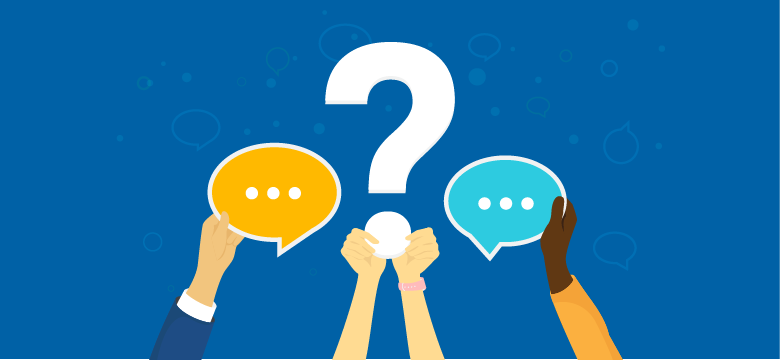Selling Microsoft Azure: Five key questions to ask
How to ensure your customer achieves full value from their Microsoft Azure solution.
One of the primary things you must to do as a partner selling Microsoft Azure is properly assess your customer’s environment. Without performing a full appraisal of their IT estate – and drilling down into their anticipated business outcomes – your customer won’t achieve true value from the platform.
Here are five questions you should ask to assess your customer’s environment thoroughly, before making the sale.
1. What does digital transformation mean to my customers?
Digital transformation is now at the heart of many strategic business discussions. Your customers are increasingly realising the potential benefits in terms of cost, operations, and productivity of ditching their old manual processes and legacy systems in favour of new, digital technologies.
Microsoft Azure is a big driver for digital transformation – but as an expansive and multi-layered platform with different products, the customer may not know where to begin. As a partner you need to ascertain where they are on their digital journey:
What are their business goals?
What are their technology pain points?
What are the processes they are trying to streamline?
The possibilities with Microsoft Azure are huge – from cloud deployments and disaster recovery and back-up, to Dev-Ops. It’s important you define, in the early stages of implementation, what your customers are trying to achieve for their business.
2. When is my customer’s hardware refresh due?
Performing a full appraisal of your customer’s IT environment will give you an opportunity to discover any ageing or siloed systems that can be replaced by the cloud. Technology continues to evolve so rapidly.
Do your customers really want to reinvest time, budget, and resources in refreshing and replacing their existing hardware, only for it to become outdated within the next few years? This is a perfect opportunity to discuss their cloud strategy, and see what upfront and long-term savings they can make by moving some workloads and applications to the cloud.
3. How can I optimise costs for my customers?
The Microsoft Azure billing model is different to those associated with the traditional product resale model. It’s important to understand how you can best employ it as part of your own portfolio of services, as well as helping your customers understand how Azure can deliver their IT services within budget.
While based on your customer’s consumption of its services, Microsoft Azure actually provides you with the freedom to bill however best suits you. This can be on a monthly basis, or using the pre-defined buckets or packages available, where you charge the customer a flat rate – whichever fits with your own journey of offering cloud services.
Make use of the services that are available to guide you on billing such as TD SYNNEX’s StreamOne, which makes it easier for you to sell, manage and implement software and cloud services for your customers.
4. Where does Microsoft Azure fit into my portfolio?
The key to successfully leveraging cloud services is that you don’t have to switch to cloud overnight. While it is increasingly important to move into cloud services, and that you fully take advantage of the additional revenue streams that Azure can deliver, you don’t have to cannibalise your existing business.
The same applies to customers, too – they shouldn’t feel they have to move everything to the cloud in fell swoop. Determine where Microsoft Azure can fit into your service offerings, positioning it as a complementary service to your customers to ensure you are both comfortable in the cloud.
5. How can I become a cloud service provider (CSP)?
The move to offering cloud services can be challenging for a traditional partner, so make use of the support available from both Microsoft and TD SYNNEX.
For a partner getting started in the cloud, TD SYNNEX can help with Proof of Concept (PoC) funding. TD SYNNEX also has an army of presales and engineering experts to help you successfully add Microsoft Azure to your portfolio of services. As you progress with Azure, they can offer a range of assessment services to help with deployment and migration and future operations like capacity planning.
Sign up with TD SYNNEX to be a CSP and leverage the benefits of the CSP program. By doing so, you can leverage the OPEX vs. CAPEX business model and be in total control of billing for you customers. With CSP, you can start small but grow quickly.
Key takeaways
Understand your customer’s digital transformation journey and where Azure can help.
Take advantage of hardware refresh opportunities.
Adopt a billing method that suits your business.
Position Azure as a complementary service.
Utilise the services available to help your transition to CSP.

